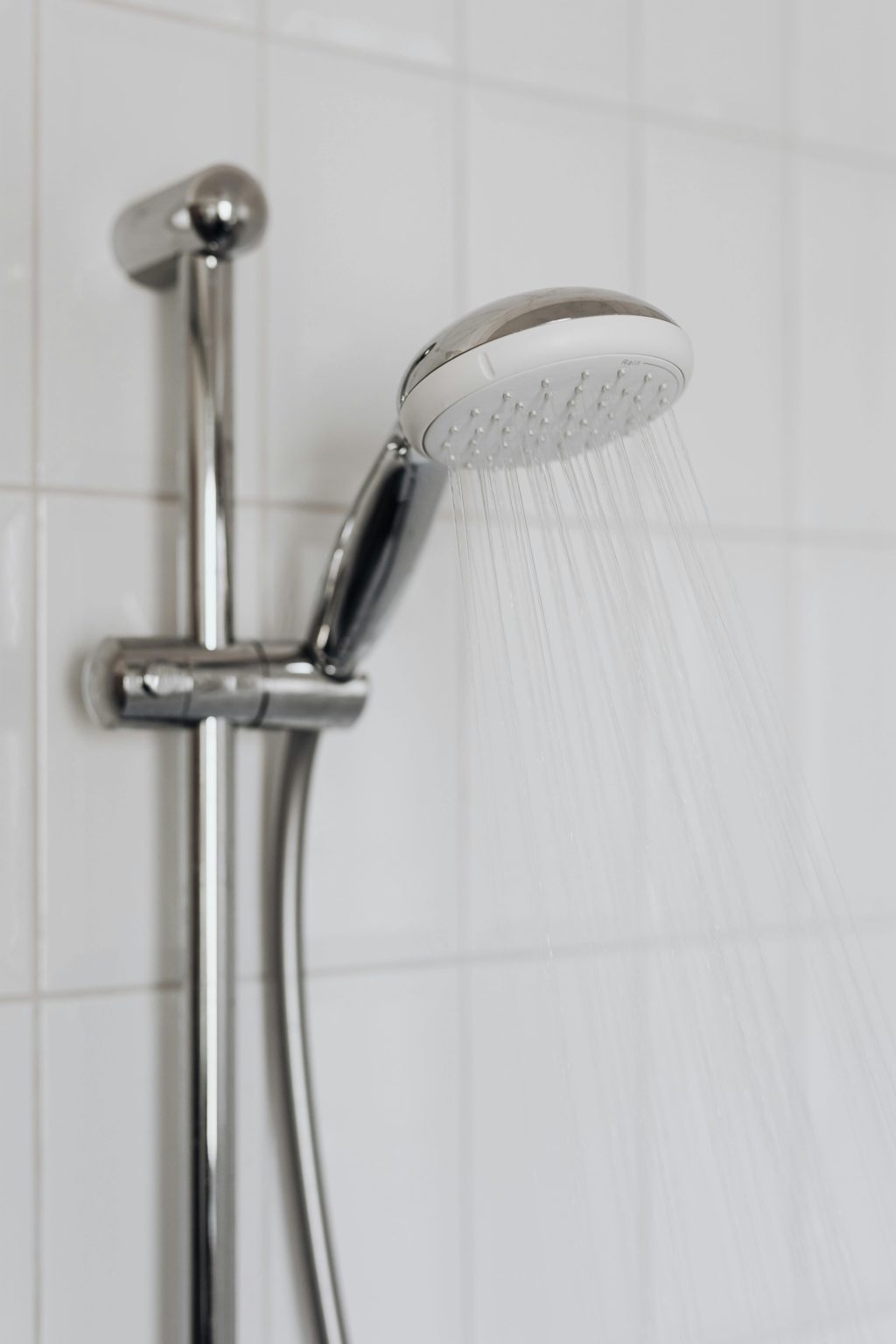Most people don’t think twice about their showerhead—until water starts spraying in all directions or the pressure suddenly drops. But by then, the damage is already done. According to Plumbworld’s bathroom experts, your showerhead should be cleaned at least once a month—but most people leave it far longer. The result? A hidden breeding ground for bacteria, limescale, and mold.
Here’s a week-by-week breakdown of what happens when you neglect cleaning your showerhead—and why waiting too long could impact your health, water pressure, and even your plumbing.
Week 1 – The Build-Up Begins
Even if your showerhead looks clean, minerals from hard water immediately start forming microscopic deposits inside the nozzles. If you live in a hard water area, limescale begins to develop within days. At this stage, you won’t notice any changes, but bacteria and mold spores are already taking hold in the damp environment.
What to do: A simple wipe with a damp cloth can prevent early build-up.
Week 2 – Bacteria Find a Home
By now, your showerhead is the perfect environment for bacteria to thrive. Research has found that showerheads can harbour Mycobacterium avium, a bacteria linked to respiratory infections, especially for those with weakened immune systems.
At this stage, you may notice:
- A musty or stale smell when the shower is first turned on.
- Slightly reduced water pressure as mineral deposits start blocking tiny holes.
What to do: A quick soak in white vinegar can kill early bacteria and break down the first signs of limescale.
Week 3 – Limescale Takes Over
By the third week, mineral deposits have hardened, making them difficult to remove without a deep clean. Limescale build-up can lead to uneven water flow, with some nozzles getting blocked while others spray in odd directions.
If left untreated, this also forces your shower to work harder, which can increase energy bills if you’re using a power or electric shower.
What to do: Soak the showerhead in a vinegar solution overnight and scrub with an old toothbrush to remove deposits.
Week 4 – The Hidden Health Hazard
After a month, your showerhead has turned into a bacterial hotspot. Studies have found that an unclean showerhead can contain:
- Mold spores, which can trigger allergies and asthma.
- Legionella bacteria, which can cause Legionnaires’ disease—a severe form of pneumonia.
- Black slime inside the nozzles—this is biofilm, a collection of bacteria that coats the inside of the showerhead.
At this stage, you might notice:
- Water smells slightly off when you first turn the shower on.
- More noticeable drop in pressure.
- Brown or white deposits forming around the nozzles.
What to do: A full deep clean is needed at this point.
Beyond One Month – Serious Plumbing Problems Begin
If you haven’t cleaned your showerhead in over a month, the problems start to go beyond the shower itself.
- Clogged nozzles lead to increased water pressure inside the pipes, which can cause leaks or damage over time.
- Bacteria build-up can spread to other parts of the plumbing, increasing the risk of contamination in your water system.
- Severe limescale blockages can permanently damage the showerhead, meaning it may need replacing sooner than expected.
What to do: If limescale is severe, remove the showerhead and soak it overnight in a mixture of white vinegar and warm water. For extreme cases, a descaling product may be needed.
How to Properly Clean Your Showerhead
To prevent build-up and bacteria, Plumbworld experts recommend cleaning your showerhead once a month using this simple method:
- Remove the showerhead (if possible).
- Soak in a bowl of white vinegar for at least 30 minutes (or overnight for heavy build-up).
- Scrub with an old toothbrush to remove loosened limescale.
- Rinse thoroughly and reattach.
For fixed showerheads, fill a plastic bag with vinegar, tie it around the showerhead, and leave it to soak overnight.
Final Thoughts from Plumbworld Experts
“Your shower is supposed to keep you clean, but if you don’t maintain your showerhead, it could actually be doing the opposite,” says a Plumbworld spokesperson. “Regular cleaning keeps bacteria and limescale at bay, ensuring better water pressure, a longer-lasting shower, and a healthier home.”
So, if you can’t remember the last time you cleaned your showerhead, it’s time to take action—before your next shower becomes a germ bath.



